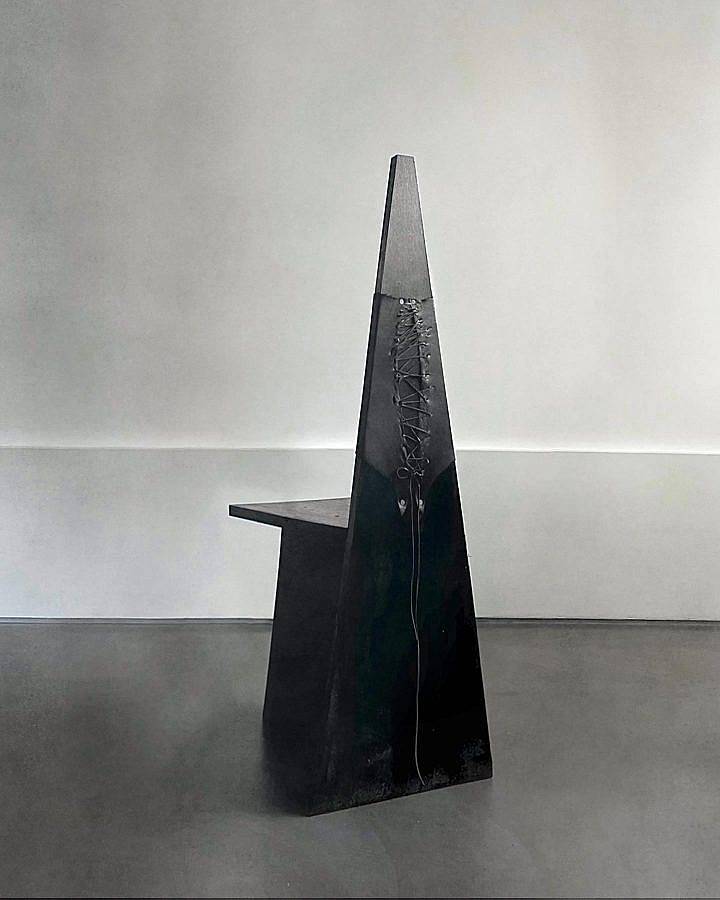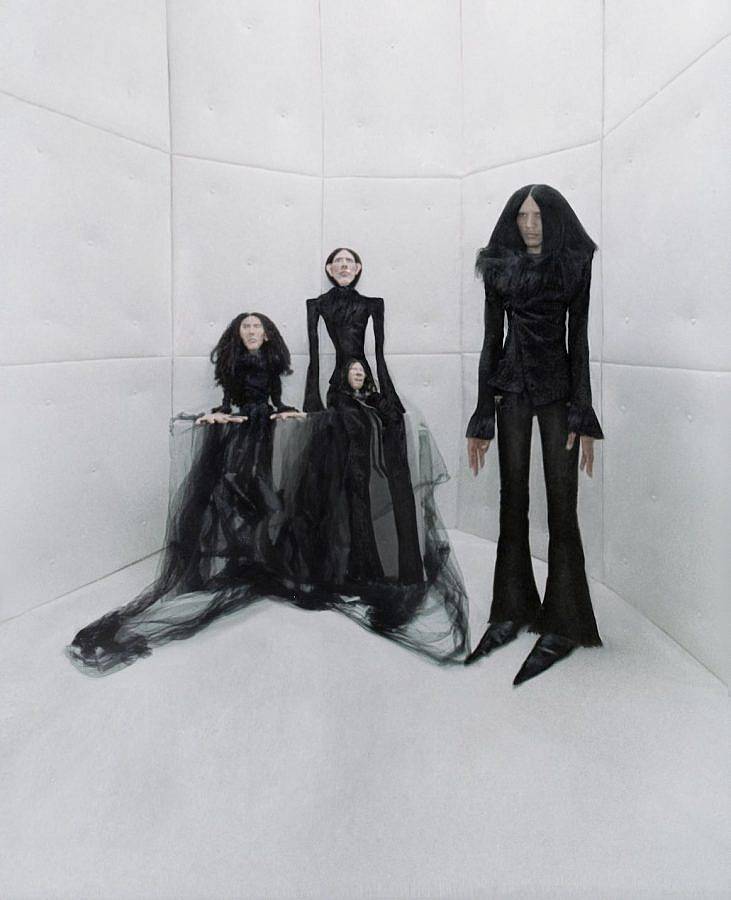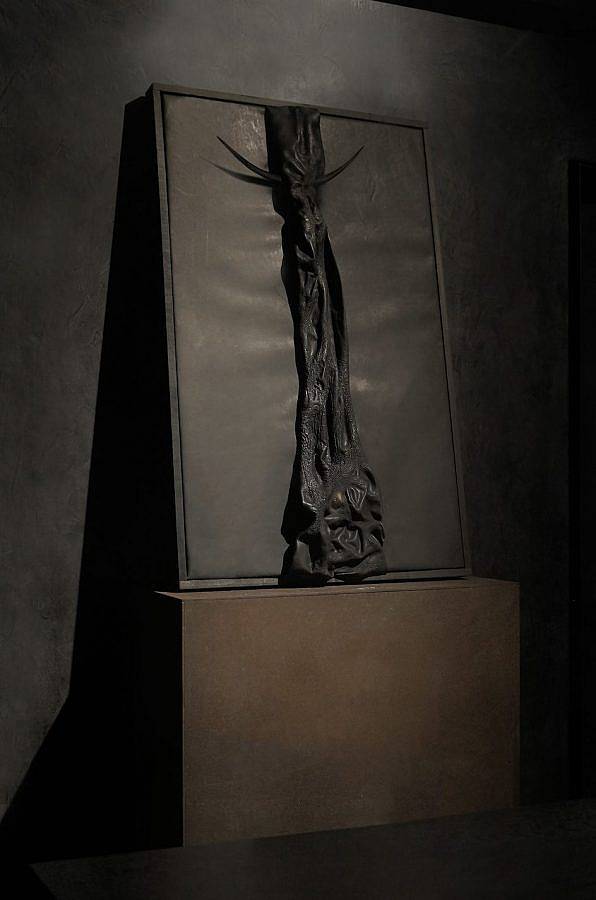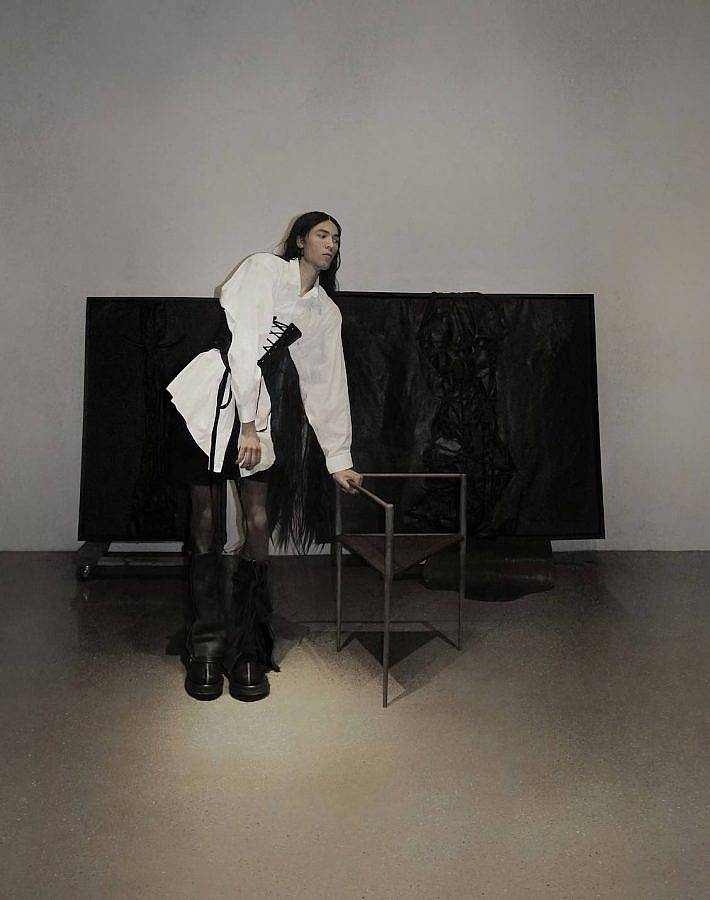Interview conducted and edited by Emma Kang James
|
Spotlight
Jirah
December 7, 2023
Jirah is a non-disciplinary artist with two main focuses – Conceptual Design and Performing Arts. Conceptual design is functional design that derives from a narrative, scenario, or symbolic concept. It includes object design, set + costume design for performance. His work is symbolic and psychological in nature. Also with a multi-cultural background of Native American Indigenous, (the Chickasaw Tribe) and African American / North African descents, and growing up sort of nomadically, in constantly different environments; he is fluid and adaptive by nature.





